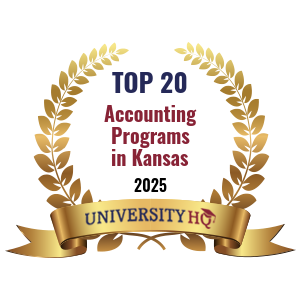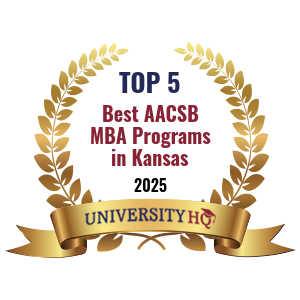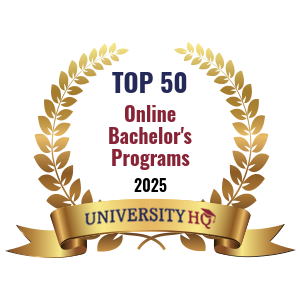Get Matched With Online Colleges
The University of Kansas is a powerhouse. Their campus educates nearly 20,000 undergraduates and over 7,600 graduate students. When it comes to academics, KU excels. Undergraduate students can choose from over 200 majors and the campus supports over 50 graduate degrees. From Architecture and Art to Engineering and Health Professions, KU has a school to prepare its students to realize their dreams. This huge campus is also home to one of the NCAA's premier basketball programs, in addition to a host of other varsity, club, and even intramural teams.
Search All Programs
Overview of University of Kansas (KU)
KU students do more than study, however. Campus life is rich and full of opportunities to create a well-rounded education. With terrific recreational facilities, over 600 student organizations, healthy housing options, and dining options fit for kings, KU's Lawrence campus is a fun place to be.
After class, students can always find healthy recreational options whether that be swimming, a yoga class, racquetball, or a lawn game such as pickleball. KU's recreation services even offers a climbing wall for those who love the personal challenge of scaling a 42-foot structure. For those who enjoy structured, friendly competition, KU offers loads of intramural leagues. There are also club sports for men and women. These enable non-varsity athletes the opportunity to compete against other institutions in sports such as soccer, running, tennis, ultimate, water polo, disc golf, and more.
General Information
| School Type | Public |
|---|---|
| Campus Setting | City: Small |
| Campus Housing | Yes |
| Student Faculty Ratio | 17:1 |
| Graduation Rate | 66% |
| Year Founded | 1865 |
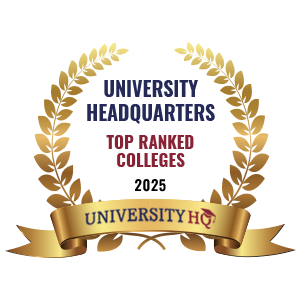
Student Enrollment
Total Students26,780
19,158
7,622
Undergraduate Student
Male 9,004
Female 10,154
Graduate Student
Male 3,582
Female 4,040
Explore Map
Top Rankings For University of Kansas
KU Acceptance Rate and Admissions
APPLICATIONS15,275
ACCEPTANCE14,053
Acceptance Rate92%
Enrollment 3,935
| Admissions | |
|---|---|
| Application Fee | $40 |
| High School GPA | Required |
| High School Rank | Recommended |
| High School Transcripts | Recommended |
| College Prep Courses | Recommended |
| Recommendations | Recommended |
| SAT/ACT | Considered But Not Required |
| TOEFL (Test of English as a Foreign Language) | Required |
| Application Deadline | August 16 |
| Common Application Accepted | Yes |
KU Tuition Cost & Financial Aid
The cost of a college education is a big deal these days. Students and their families want to have some sort of a budget set up prior to enrolling in any school. They also weigh the cost against the perceived academic value and long-term returns.
Since Kansas University is a publicly funded institution, their tuition costs are a terrific value. In fact, for in-state students, the gross cost for tuition, books, and supplies runs around $12,000. Non-Kansas residents pay much more, as their pure academic costs run around $29,000. In-state students maintain their relative savings once their room, board, and other living costs are tallied. KU shows Kansan students as facing a gross cost of under $26,000 and non-residents facing costs that approach $43,000.
However, the net price is perhaps more relevant to student’s actual experience. The average net cost of a year at KU, inclusive of the cost of living, is under $19,000. This number falls to $14,000 for the lowest income families and manages to stay under $23,000 for out-of-state students.
| Average net price | 2020-2021 |
|---|---|
| Net Price | $18,608 |
| Average Total Aid | $10,408 |
| Students Receiving Financial Aid | 86% |
| Room & Board | $9,900 |
Sticker Price
- Tuition In-State - $11,166
- Tuition Out-of-State - $28,034
- Books and Supplies - $1,224
- Room & Board - $9,900
- Other - $3,230
Academics
The University of Kansas enjoys a tremendous reputation in higher education. They further enhance their public standing by fielding some of the best college athletes in any game. However, our researchers have found that they are able to support their reputation with solid statistics. Our researchers evaluated at KU's retention rate, graduation rate, and transfer rate, among other factors.
The retention rate is a statistic that indicates how many first-time, full-time students return to campus for a second year. A higher number indicates that students and their families have found great educational value. Since KU's retention rate is a whopping 86%, researchers conclude that KU is offering great things in terms of its faculty, curriculum, and campus resources.
Since 66% of KU's students graduate in a normal amount of time – 6 years or fewer – it's clear that KU is offering a high academic value. Researchers also note that KU has a 25% transfer-out rate. Transfer students typically venture off to a more competitive institution or one with a specific program. Their numbers can thus augment KU's graduation rate since they will probably graduate from somewhere.
These are very strong numbers, especially from a publicly funded university. Researchers can attribute much of this academic success to KU's 17 to 1 student to faculty ratio. This tight ratio shows that students can expect ample attention from their instructors and a manageable classroom experience.
Retention
Rate
4 year
Graduation
Rate
6 year
Graduation
Rate
Student Population Total
Student Population 26,780
19,158
7,622
Most Popular Programs & Majors
(# of Diplomas Awarded by Subject)
| All Business Majors | 790 Total Graduates / 18% |
|---|---|
| Accounting | 168 Graduates |
| Marketing/Marketing Management, General | 154 Graduates |
| Finance, General | 150 Graduates |
| Business/Commerce, General | 141 Graduates |
| All Health Professions and Related Programs Majors | 469 Total Graduates / 11% |
| Registered Nursing/Registered Nurse | 204 Graduates |
| Pharmacy | 119 Graduates |
| Communication Sciences and Disorders, General | 53 Graduates |
| Community Health Services/Liaison/Counseling | 23 Graduates |
| All Engineering Majors | 398 Total Graduates / 9% |
| Mechanical Engineering | 132 Graduates |
| Chemical Engineering | 63 Graduates |
| Aerospace, Aeronautical, and Astronautical/Space Engineering, General | 59 Graduates |
| Civil Engineering, General | 50 Graduates |
| Communication, Journalism, and Related Programs | 384 Total Graduates / 9% |
| Journalism | 236 Graduates |
| Speech Communication and Rhetoric | 148 Graduates |
| All Social Sciences Majors | 306 Total Graduates / 7% |
| Psychology, General | 270 Graduates |
| Research and Experimental Psychology, Other | 36 Graduates |
| All Other Diplomas | 46% |
Outcome & Salary
While there are no guarantees in higher education, students are still eager to have some estimation of how well their degrees will pay off in the long-term. Researchers thus seek out salary information from past graduates. The top earning alumni all graduated with STEM degrees. The top-earners come from the petroleum engineering department and their median entry-level salaries are over $80,000. Of the top five earning degrees, the computer science students take the fifth position with a reported median salary of $69,000. Smack in the middle of the top five earners are the mechanical engineers, who post median earnings of $74,000.
| Graduates Salary | |
|---|---|
| College Grads Early Career Salary | $57,100 |
| College Grads Average Salary | $71,000 |
| College Grads Mid Career Salary | $105,200 |
| Return on Investment (ROI) | |
|---|---|
| 10 Year Salary Earnings Potential | $710,000 |
| 20 Year Salary Earnings Potential | $1,762,000 |
| Cost of Education (Net Price) 4 Year | $74,432 |
| 10 Year Projected ROI | $635,568 |
| 20 Year Projected ROI | $1,687,568 |
| No College Education Salary Comparison | |
|---|---|
| National Average Salary | $38,792 |
| 10 Year Projected Income | $387,920 |
| 20 Year Projected Income | $775,840 |
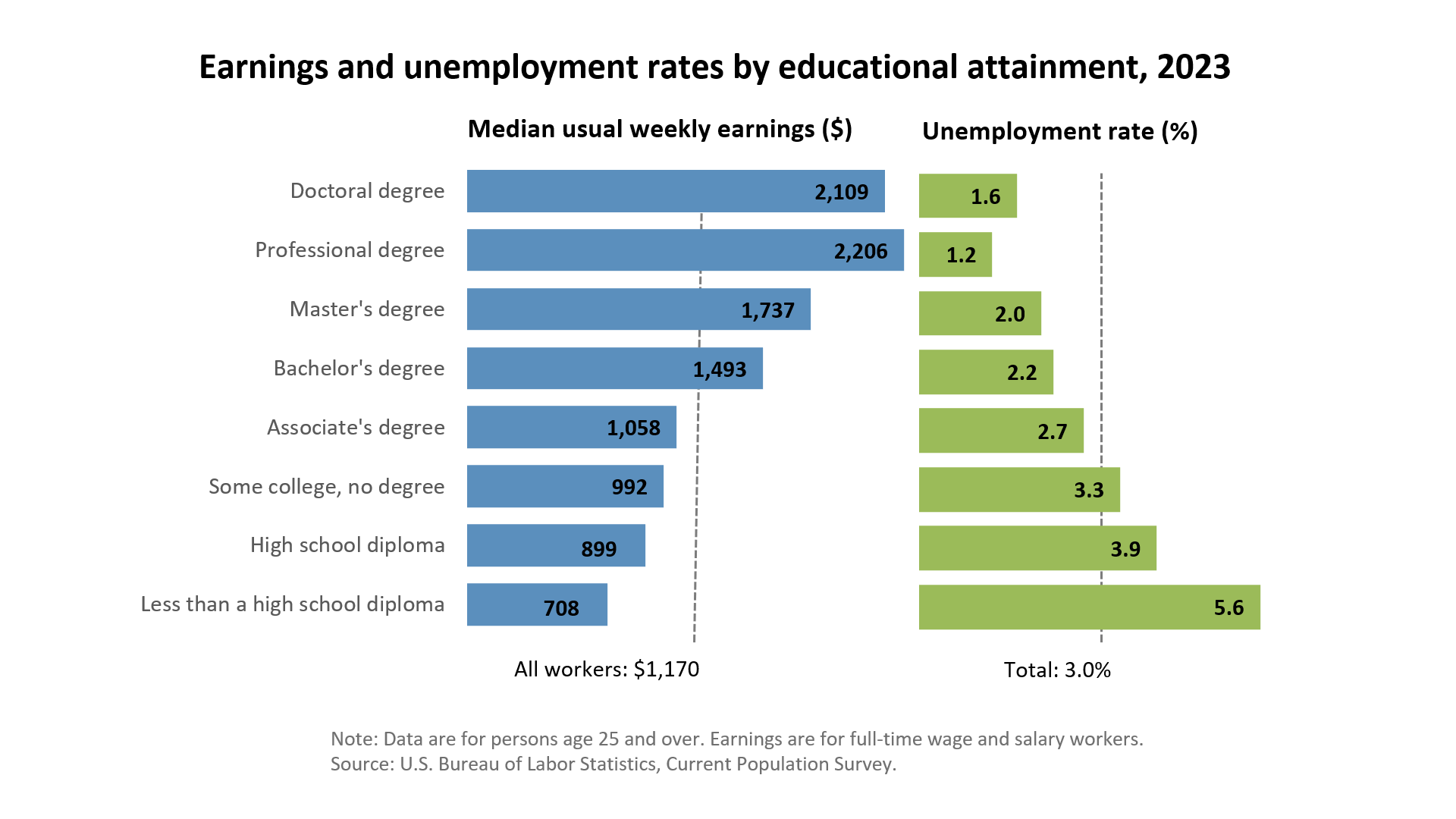
Photos & Videos
sources:
Related Top College Resources






